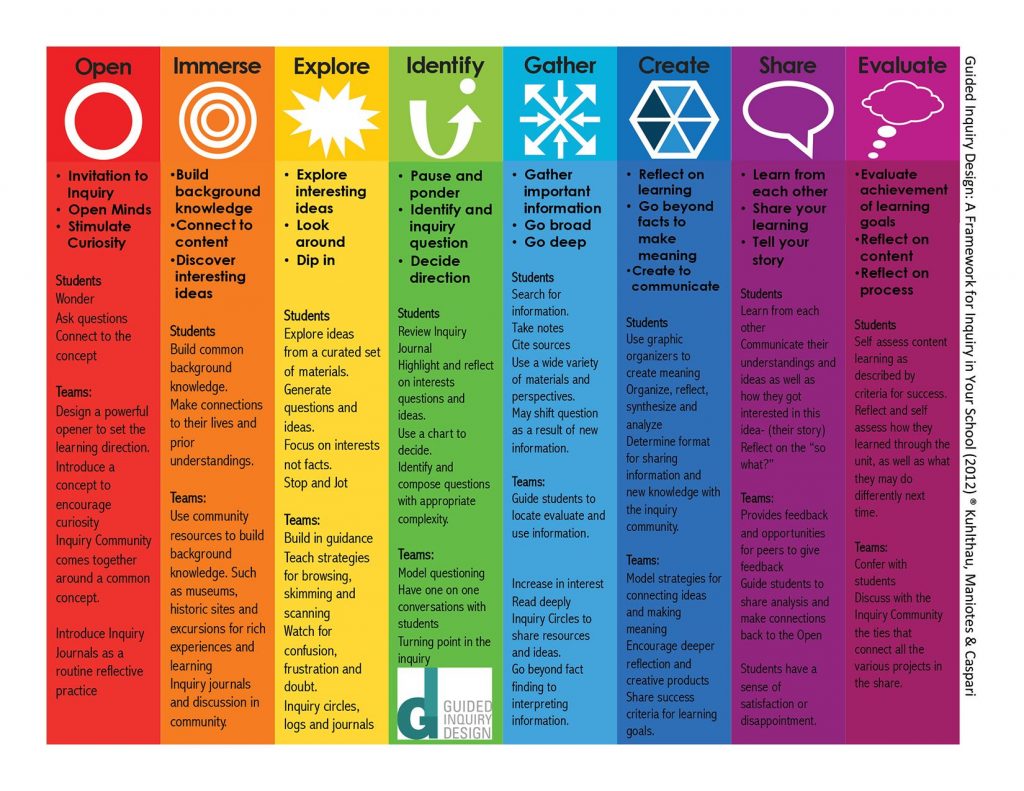Introduction to Teacher Librarianship – critical reflection.
Delving head first into the land of information and literacy has become a very daunting yet exciting task. I very quickly abandoned my prior believe of a teacher librarian being a fluffy job filled with pretty pictures and calm voices to adopt the concept of the real life teacher librarian as being a, passionate, multi-skilled, innovative, sharer and creator who juggles information and tasks whilst seeking, sharing and using information. (Mentimeter 2021) The teacher librarian is someone who is a busy mentor, leader and facilitator making connections with everyone in the school, greater community and the global community. It was clear by the fast entering words flashing on my screen in our first lecture that everyone else was very aware. I had (have) a lot to learn.
So as I embark on this journey I am faced with the numerous definitions of information and start questioning myself and my knowledge. What is information? I find myself turning to my 6 year who I knew would give me an amazingly simple, yet well thought out answer to the question, What is information? I was met with the answer of ‘information is something you use to know things about lots of stuff’. The same question was asked of the older member of my house who deliberated quite a lot more but added ‘making the stuff relevant to you at the time. These both fit into the information hierocracy that Wideman set in 2008. So I now have a clear understanding of information literacy – knowing stuff and using it. As a teacher librarian we cannot merely teach to know but to be literate in our knowledge, to create wisdom from it and use it to be an activity, intelligent and creative 21st century thinker.
So how can we create these wonderful 21st century learners? We as teachers and teacher librarians just throw information at them and expect them to learn it. When I first stepped into the teacher librarian role I made a window display: in this library we learn, create, explore, imagine. Working through this course I think I need a bigger window; I need to add question and collaborate. We need to teach students to use scaffolds to find purpose in their learning, teach them to locate relevant and useful information, use it effectively and evaluate their learning, skills and knowledge. (Herring n.d).
I thought that inquiry based learning was tedious and difficult to use. However after watching Spencers you tube clip and relating inquiry based learning back to the much loved Harry Potter, I realised that even though there are many models, scaffolds and frameworks, inquiry based learning is guiding the students to investigate, solve problems and investigate topics of interest. Guido clearly outlines benefits of Inquiry based learning
- extending and reinforcing curriculum content
- “warms up’ the brain for learning
- promotes a deeper understanding of content
- helps make learning rewards
- Builds initiative and self confidence
- works in most learning environments
- offers differentiated instruction
Looking at all these frameworks raises the import role of the teacher librarian. A teacher librarian is wealth of knowledge, skill and information as many of my online colleagues’ state. But we all came to a fast realise that we, teacher librarians cannot implement this leaning and guide students into the 21st century alone. I referred to myself in discussions as an island, a standalone entity which some staff members find very difficult to get to or have no desire to. I feel it’s important to really work together as a team with colleagues and community members. We really encourage students to work collaboratively and now I have to work collaboratively with all staff member. The AITLS has very clear standards to work together and to create personal goals. By sharing these with staff members, they may be more willing to work more collaboratively. Inquiry based learning is a whole school initiative to benefit the students and the staff. The teacher librarian should initiate the use of a learning inquiry framework that can be implemented across the school in many areas. New frameworks and teaching skills need to be introduced gradually and be easy to use. Through extensive reading I have realised that it is important to obtain the support from the principal and the executive team to ensure the students have the very best learning opportunities you can give them.
Even though I find this all very overwhelming with so much information to absorb, I realise the very exciting role of the teacher librarian is one of the most important and should be the heart, the brain and the soul of any school.
References
Mentimeter. (2021). https://www.mentimeter.com/
Shearer, A. (2021). https://thinkspace.csu.edu.au/nosila/2021/03/07/the-world-of-information/
Wideman, R.M. (2008). The Information Hierarchy. [Powerpoint slides]
Herring, J.E. (n.d) james Herrings Plus model. https://farrer.csu.edu.au/PLUS/
Spencer, J (2017) What is Inquiry based learning? (Video) YouTube.
Shearer, A (2021) https://thinkspace.csu.edu.au/nosila/2021/05/02/guided-inquiry/
Guido, M (2017). What Is Inquiry-Based Learning: 7 Benefits & Strategies You Need to Know. Prodigy.
https://www.prodigygame.com/main-en/blog/inquiry-based-learning-definition-benefits-strategies/
Aitsl (2017). Australian Professional Standards for teachers
https://www.aitsl.edu.au/teach/standards
 Using the guided inquiry framework has distinct advantages and disadvantages
Using the guided inquiry framework has distinct advantages and disadvantages
Recent Comments